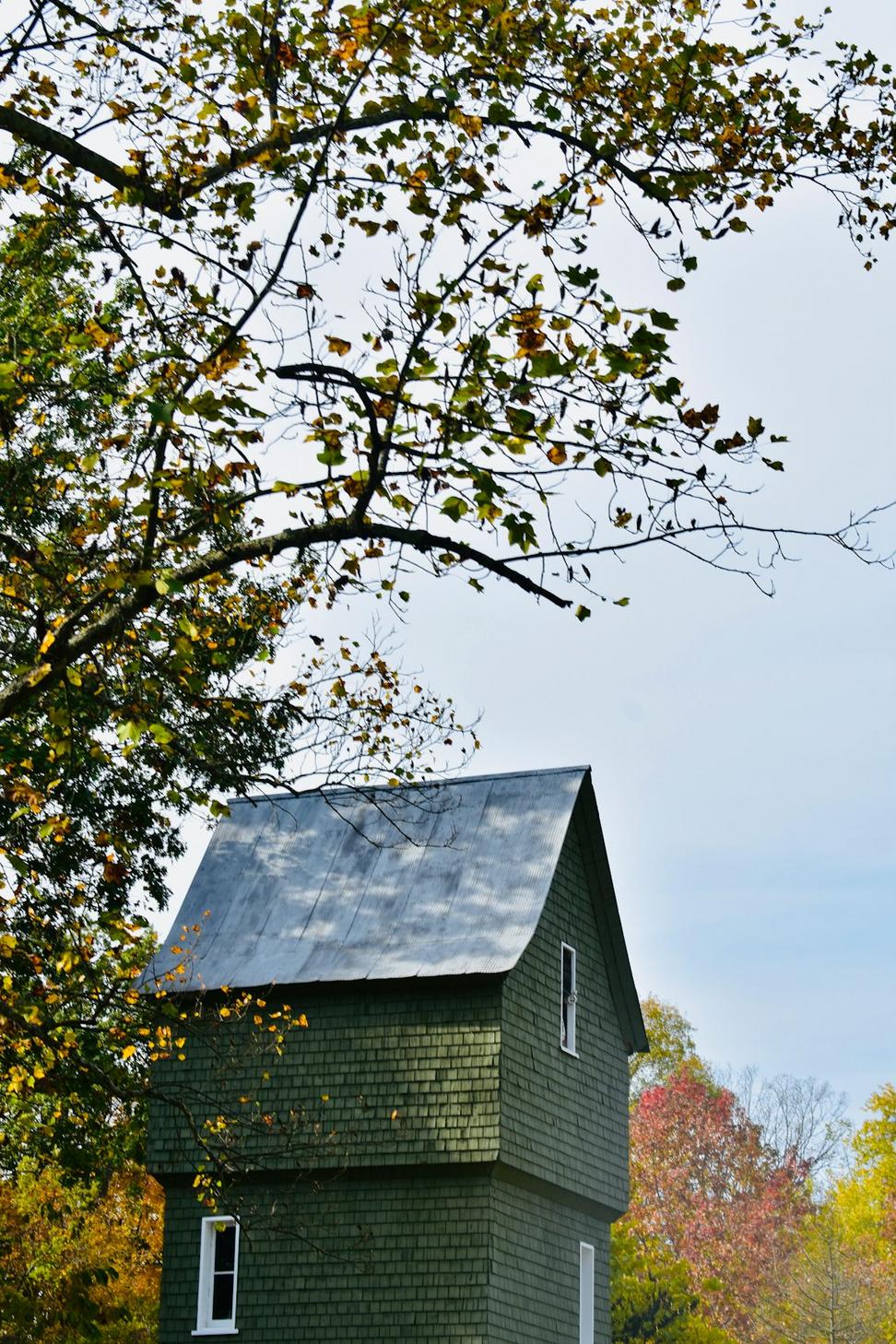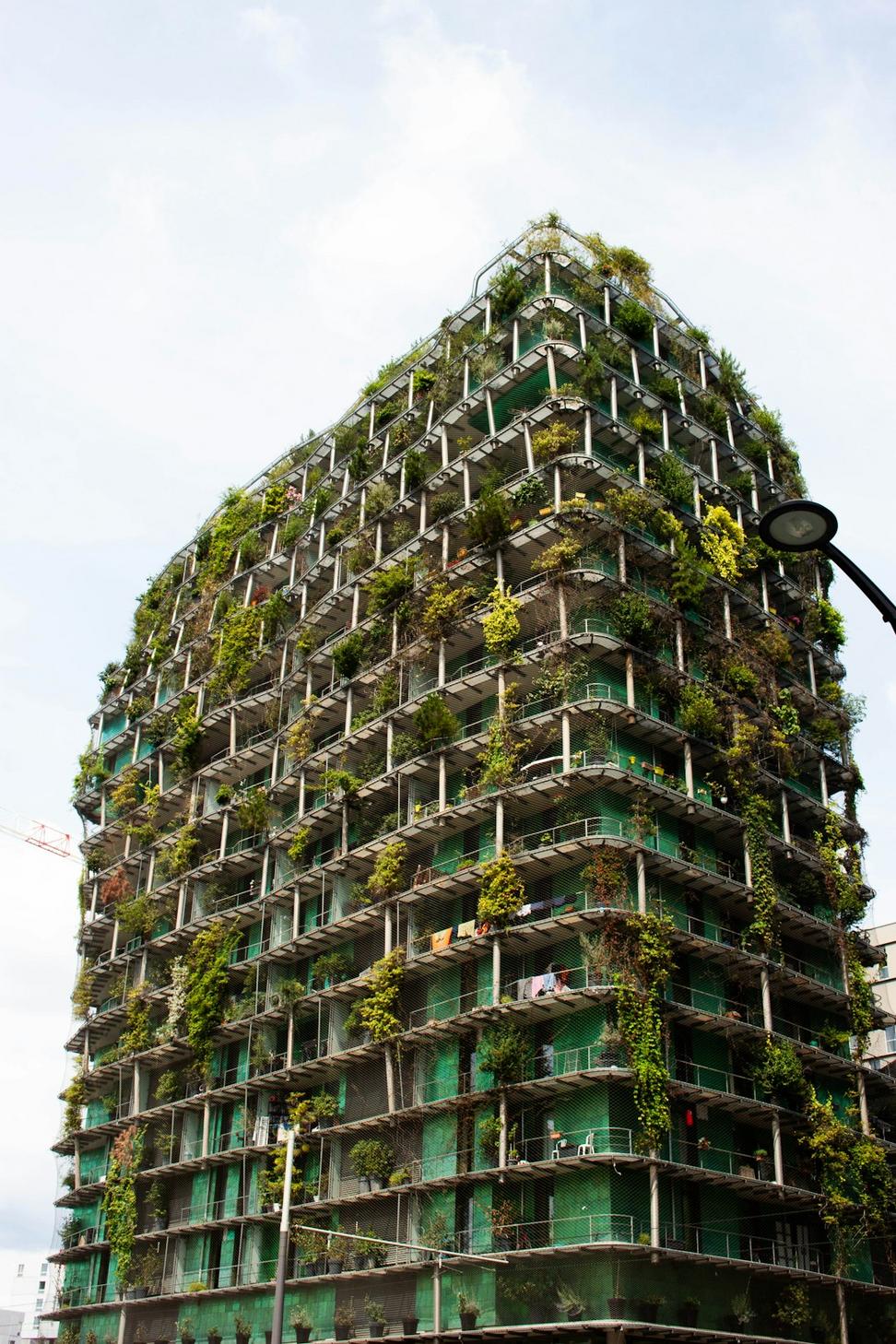
Building Greener Futures
How we're making architecture work with the planet, not against it
Look, we've been in this game long enough to see the writing on the wall. Climate change isn't some abstract concept when you're designing buildings that'll stand for decades. Every project we take on is a chance to do things right.
Since switching our entire practice to sustainability-first design back in 2018, we've learned a ton. Some things worked brilliantly, others... well, let's just say we've got battle scars and better solutions now. But that's exactly why you want us on your team.
Our approach isn't about cramming every green technology into a building just because we can. It's about understanding your site, your budget, and what'll actually make a difference thirty years from now. Sometimes that's fancy solar arrays, sometimes it's just really good insulation and smart window placement.
Let's Talk About Your Project
Real data from our completed projects (2020-2025)
Average Energy Reduction vs. Standard Code
Liters of Water Saved Annually
Tonnes CO2 Offset Per Year
Construction Waste Diverted from Landfills
Percentage of our projects incorporating these systems
Average across all completed builds since 2020
Because healthy buildings matter just as much
We don't just talk green - we've got the credentials to back it up
All our lead architects hold LEED AP credentials. We've completed 23 LEED-certified projects (12 Gold, 8 Silver, 3 Platinum)
Certified designers in the Passive House standard - yeah, it's intense, but the energy savings are wild
Active members of the Canada Green Building Council since 2017. We help shape industry standards
WELL AP accredited - focusing on how buildings impact human health and wellbeing
Our Riverside Commons project took home the Ontario Association of Architects' Sustainable Design Award last year. The building uses 71% less energy than code requirements and has become a bit of a case study for adaptive reuse projects. Honestly? We're pretty proud of that one.
Our process isn't magic - it's just really thorough planning
Before we draw a single line, we're studying sun paths, wind patterns, local climate data, and existing vegetation. There's a reason some buildings just feel right - it's because they're designed for their specific location.
We run computer simulations early and often. It's way easier to rotate a building 15 degrees in the design phase than after you've poured the foundation. Trust me on this one.
We look at the whole lifecycle - embodied carbon, durability, maintenance needs, and yes, aesthetics too. Sustainable doesn't mean ugly, despite what some people think.
HVAC, lighting, water management - everything needs to work together. We've learned that the fanciest heat pump in the world won't help if your building envelope is leaky.
Great design on paper means nothing if it's built wrong. We're on-site regularly during construction, doing thermal imaging tests, air leakage tests - all the unsexy stuff that makes buildings actually perform.
We check back in after people move in. Sometimes systems need fine-tuning, sometimes occupants need better instructions. Either way, we make sure the building performs like we said it would.
Let's talk about what sustainable design can actually do for your project. No greenwashing, just honest conversations about what works.